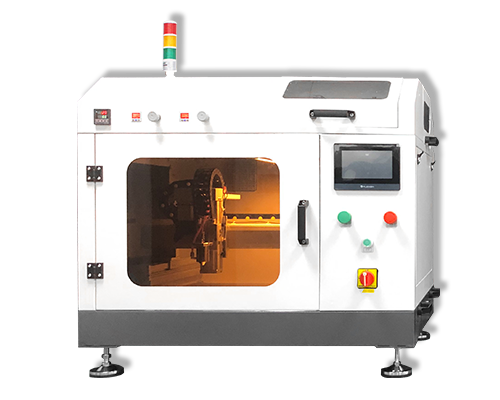PEM Water Electrolysis
PEM electrolysis of water has a high efficiency of hydrogen production, and is suitable for the volatility of renewable energy power generation. It is the current mainstream and promising electrolysis of water hydrogen production technology. Compared with the alkaline electrolytic cell, the PEM electrolytic cell replaces the asbestos membrane with a proton exchange membrane, conducts protons, and isolates the gas on both sides of the electrode, avoiding the disadvantages caused by the alkaline electrolyte. At the same time, the volume of the PEM electrolytic cell is more compact, and the structure has zero gap, which greatly reduces the ohmic internal resistance of the electrolytic cell and improves the overall performance.
Structure of PEM electrolytic cell
A typical PEM electrolytic cell is mainly composed of an anode end plate, a cathode end plate, a cathode and anode diffusion layer, an anode and cathode catalytic layer, and a proton exchange membrane. Among them, the role of the end plate is to fix the electrolytic cell components, guide the current transfer, distribute water and gas, and the diffusion layer plays the role of collecting current and promoting gas-liquid transfer. The core of the catalytic layer is composed of catalyst, electron conducting medium, proton conducting medium The three-phase interface is the core site for electrochemical reactions.
The proton exchange membrane generally uses a perfluorosulfonic acid membrane to transfer protons, isolate the gas generated by the cathode and anode, and prevent the transfer of electrons.
Advantages of PEM electrolysis water technology
Compared with alkaline electrolyzed water, the advantages of PEM electrolyzed water mainly lie in:
1. Since the proton exchange membrane solid electrolyte is used, the gas generated does not need to be dealkalized;
2. The efficiency is higher than the alkaline electrolytic cell;
3. Quick start and stop, good responsiveness
4. Can adapt to the volatility of renewable energy power generation.
Disadvantages of PEM electrolysis water technology
The disadvantage of the current PEM water electrolysis technology is the high cost, mainly because the catalyst uses the precious metal platinum, and the cost is difficult to reduce for a while. This is the same as the problem faced by the fuel cell. How to reduce the platinum loading of the catalyst or find a new low-cost Cost-effective alternative materials are also key technical issues to be studied and overcome.
Cheersonic’s fuel cell catalyst coating systems are uniquely suited for these challenging applications by creating highly uniform, repeatable, and durable coatings. Using the company’s patented ultrasonic spray head technology, it can spray uniformly and efficiently on proton exchange membranes and gas diffusion layers. Uniform catalyst coatings are deposited onto PEM fuel cells, GDLs, electrodes, various electrolyte membranes, and solid oxide fuel cells with suspensions containing carbon black inks, PTFE binder, ceramic slurries, platinum and other precious metals. Other metal alloys, including Platinum, Nickel, Ir, and Ru-based fuel cell catalyst coatings of metal oxide suspensions can be sprayed using ultrasonics for manufacturing PEM fuel cells, polymer electrolyte membrane (PEM) electrolyzer, DMFCs (Direct Methanol Fuel Cells) and SOFCs (Solid Oxide Fuel Cells) to create maximum load and high cell efficiency.
The advantages of Cheersonic’s ultrasonic equipment include:
1.Very high Platinum utilization proven in MEA fabrication; as high as 90%.
2.Non-clogging
3.Low-flow spray reduces spillage and air pollution.
4.Continuous or intermittent operation possible
5.Highly porous coatings are extremely durable, preventing cracking or peeling of catalyst layer.
6.No moving parts to wear out
7.Minimal maintenance and downtime.
8.Robust design and materials resist corrosion.
9.Ultrasonic energy disperses the agglomerated particles, producing a homogeneous coating.
Chinese Website: Cheersonic Provides Professional Coating Solutions


